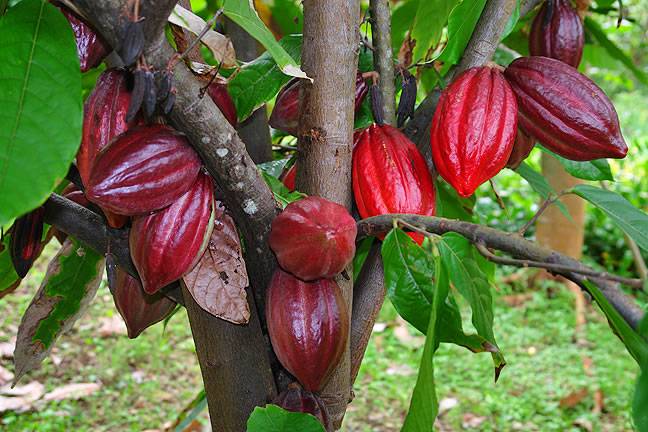The process of making a chocolate bar is complicated. Chocolate originates from cacao beans. These beans must be planted, grown, picked, fermented, roasted, ground down, pressed, missed with fat and sugar, and then molded into bars and other chocolate products. Disparities in this process create the differences in higher quality, lower quality, organic, fair trade, conventional, and raw chocolate products
 Raw chocolate differs from “cooked” or “conventional” chocolate, because instead of the beans being roasted, the growers leave the beans outdoors to dry naturally. Proponents of raw food diets argue that raw foods have higher levels of vitamins, minerals, antioxidants, as well as digestive enzymes and vital compounds than their cooked counterparts. Raw foods diets put great emphasis on the fact that when foods are not heated, they remain rich in natural digestive enzymes. These digestive enzymes enhance your overall heath and your digestive function, allowing you to absorb more vitamins, minerals, and other heath-supportive compounds from the foods that you ingest.
Raw chocolate differs from “cooked” or “conventional” chocolate, because instead of the beans being roasted, the growers leave the beans outdoors to dry naturally. Proponents of raw food diets argue that raw foods have higher levels of vitamins, minerals, antioxidants, as well as digestive enzymes and vital compounds than their cooked counterparts. Raw foods diets put great emphasis on the fact that when foods are not heated, they remain rich in natural digestive enzymes. These digestive enzymes enhance your overall heath and your digestive function, allowing you to absorb more vitamins, minerals, and other heath-supportive compounds from the foods that you ingest.
Raw chocolate manufacturers argue that their beans never exceed temperatures of more than 110 degrees Fahrenheit during the manufacturing process, yielding a better tasting and a more health supportive food product. Another notable difference between raw chocolate and “conventional” or “cooked” chocolate is that raw chocolate products are more likely to use whole foods based and health supportive sweeteners, such as maple sugar or syrup, coconut sugar or syrup, and stevia. For those trying to avoid dairy, raw chocolate products are a good choice, because raw chocolate products usually do not contain milk.
The health benefits of chocolate, especially dark chocolate, include lower cholesterol levels, delayed cognitive decline, improved cardiovascular health, and other benefits for mood. Chocolate can also make people happier, act as an aphrodisiac, boost brain levels of serotonin, prevent premature aging, combat fatigue, and improve skin vitality. Chocolate is a rich source of bioflavonoids and steric acid, a type of saturated fat that studies have suggested can be beneficial to heart health. Raw chocolate manufacturers suggest that raw chocolate is a rich source of magnesium, chromium, iron, and zinc.
Raw chocolate sounds like a no-brainer. It is more health supportive and tastier than many “cooked” or “conventional” varieties, but it is important to remember that when making your chocolate choices, all chocolate products are dense in calories, fat, and sugar. Indulging in a delicious dessert or in a small square or truffle shouldn’t put too much of a dent in your health conscious lifestyle, but, with chocolate, it is easy to achieve too much of a good thing quickly.























